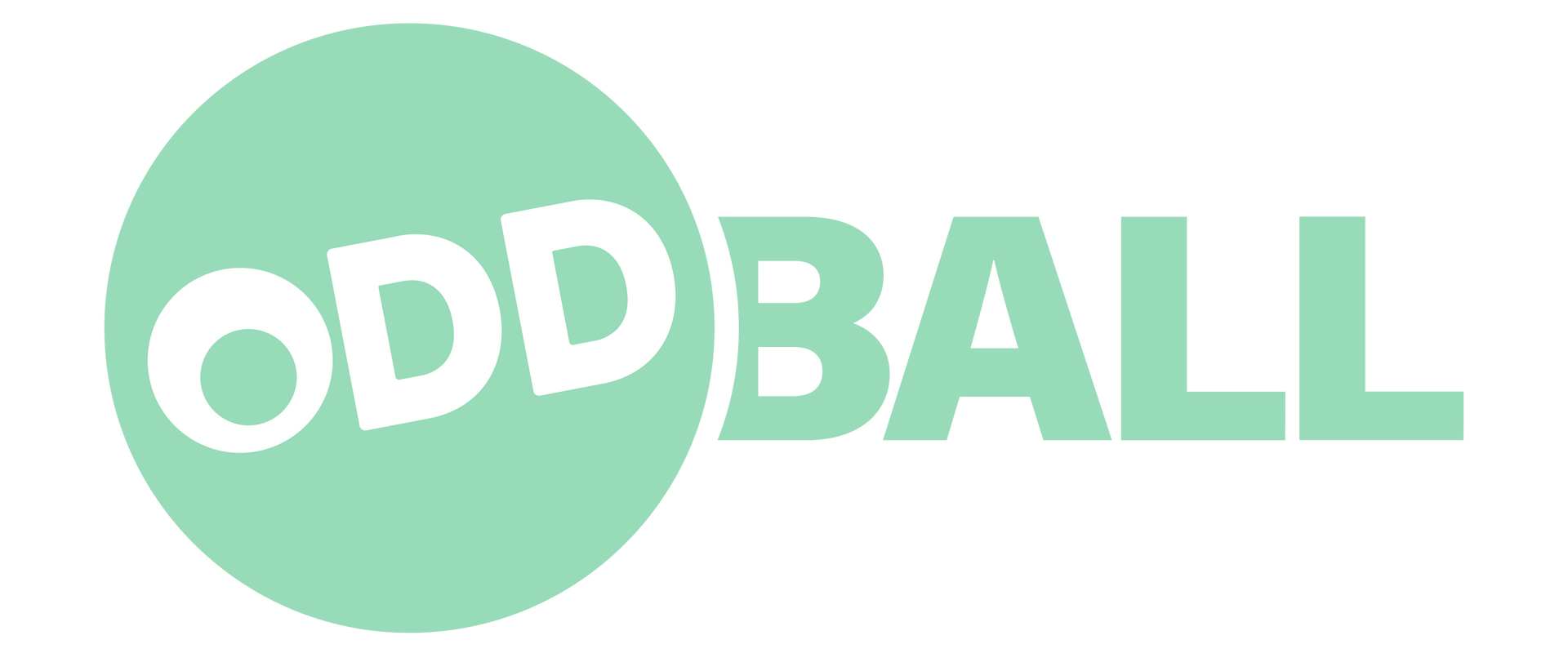What To Look For in a Professional Design Partner
Working with the right design partner can make a big difference in how your brand is seen and remembered. From logos to websites and everything in between, design holds the power to shape first impressions and build trust. Whether you're preparing for a brand refresh or starting from scratch, the creative input behind those visuals matters just as much as the strategy that drives them.
But finding the right fit isn't always easy. Some firms focus more on aesthetics, while others lean into technical skills, and not every option will understand your goals or your audience. If your designer doesn’t ask the right questions or struggles to match your tone, it can lead to extra rounds of edits, missed deadlines, or a final product that just doesn’t feel right. That’s why doing a bit of homework upfront is worth every bit of effort.
The Role Of A Design Company
A good design partner doesn’t just make things look nice. They know how to translate ideas into visuals that connect with people. The role goes well beyond picking fonts or adjusting colors. It’s about telling stories through design and aligning with your business goals. Most experienced design partners will provide services in at least three main categories:
1. Graphic Design
This includes everything from flyers and brochures to digital ads and packaging. Clean, eye-catching layouts that are both clear and on-brand play a big role in whether your message is received or ignored. Graphic design also covers social media visuals, handouts for events, and branded materials your team might hand out or display in physical spaces.
2. Web Design
Your website is often the first stop for potential customers. A strong design partner makes sure your site doesn’t just function, it feels right for the user. That means designing with usability, page flow, and page purpose in mind. They’ll think through button placement, mobile layout, image usage, and how the user moves from page to page.
3. Branding and Identity Development
This is at the foundation. From your logo and color palette to your tone of voice and visual system, identity work helps set your brand apart. A design partner who understands branding isn’t just creating a logo. They’re helping you decide how your business should be felt and recognized, from your business cards to your homepage.
Some design companies offer other services as well, like photo editing, motion graphics, or print production. What matters is that they know how to take your message and turn it into something real that people connect with.
Key Qualities To Look For In A Professional Design Partner
Working with a design partner is a team effort. You’ll be sharing ideas, giving feedback, and building something you hope will last. So it’s worth paying attention to the soft skills and habits that can affect how well that partnership goes.
Here are a few signs you’ve found someone worth working with:
- Creativity and Innovation
They don’t just follow trends. They bring original ideas to the table, ask good questions, and try to understand what makes your business different. If their designs feel like a copy of someone else’s, it may be time to move on.
- Strong Portfolio and Case Studies
A portfolio isn’t just about looks. It’s a track record. Ask to see examples of work related to your industry or goals. Good designers will also have case studies that explain the problem they solved, the process they used, and why the final result worked.
- Effective Communication and Collaboration
You want someone who listens as well as they speak. Clear updates, respectful feedback, and a willingness to work through edits are all part of the process. Red flags include long delays in replies, assuming too much without asking, or pushing back too hard on reasonable requests.
Think of it like hiring a builder for a house. You wouldn’t just choose based on price. You’d want to see past builds, understand how they keep you updated, and know they’re willing to work with your vision, not just their own. That’s exactly how the best design partnerships work.
How To Evaluate Potential Design Partners
After you’ve spotted a few design partners that seem promising, the next step is figuring out who’s actually the best fit. Look past the shiny samples and clever taglines and focus on how well they match your needs day-to-day. A good-looking portfolio is helpful, but the right partner has to understand your goals, your customers, and how your business works.
Start with experience. Years in the business aren’t everything, but they can show stability and adaptability. What really matters is whether they’ve worked on similar projects to yours. Ask about past clients in your industry or with similar needs. For example, if you need help with both branding and web design, they should have work samples that check both boxes and show they can keep consistency across platforms.
Next, read testimonials. If possible, follow up with references. You’ll learn a lot from hearing what past clients say about how they worked together. Were deadlines met? Was feedback welcomed? Did the designer adapt when challenges came up? One good case of this: A retail store looking to do a full rebrand landed on a designer with a strong pitch but no record of completing full identity projects. They struggled to carry the branding through to packaging and signage, creating more confusion than clarity. That could’ve been avoided with more review of past work and follow-ups with references.
Last, see how well they ask about your business. The best design partners ask smart questions upfront, not just about style preferences, but about your audience, your story, your competitors, and your plans going forward. They should sound more like a partner and less like an order-taker.
Making The Final Decision: Choosing The Best Fit
Once you’ve narrowed it down, it’s time to make the choice. And this is where side-by-side comparisons really help. It’s not just about who’s the cheapest or who responds fastest. You're looking for value and alignment.
Here’s a list of things to compare before signing any contracts:
- Scope of work:
What’s included and what’s not. Pay attention to rounds of revisions, project milestones, and deliverable formats.
- Cost estimate: Make sure it matches the scope. Low pricing often means shortcuts or missed details.
- Responsiveness: Were they easy to reach during early talks? Did they take time to learn about your business, or were they rushing to sell?
- Design fit: Does their past work feel close to what you’re looking for, or would it take a big leap to get there?
- Long-term potential: Are they set up to grow with you? If down the road you want new materials or design support, will they be ready to help?
Think about the relationship too. You’ll be talking a lot with this partner, especially early on, so how you click makes a difference. If things already feel awkward or confusing, that probably won’t change when things get busier.
What Happens When The Fit Is Right
A good design partnership saves time, improves results, and helps your brand send a message that feels right every time it reaches someone. When visuals and messaging work together, people notice. And when design supports your values and voice, customers are more likely to trust and choose your brand over others.
The strongest creative partnerships are built on more than talent. They come from shared understanding, mutual respect, and the ability to move ideas forward, not just make things look good. Once you find that mix, every project becomes more clear and more productive. That’s when great design really works.
Partnering with
a design company that understands your vision can transform how your brand connects with customers. Let Oddball Creative, known for its innovative and customized approach, help you bring your ideas to life with our expert branding and design services. Explore how we can make your brand stand out.



